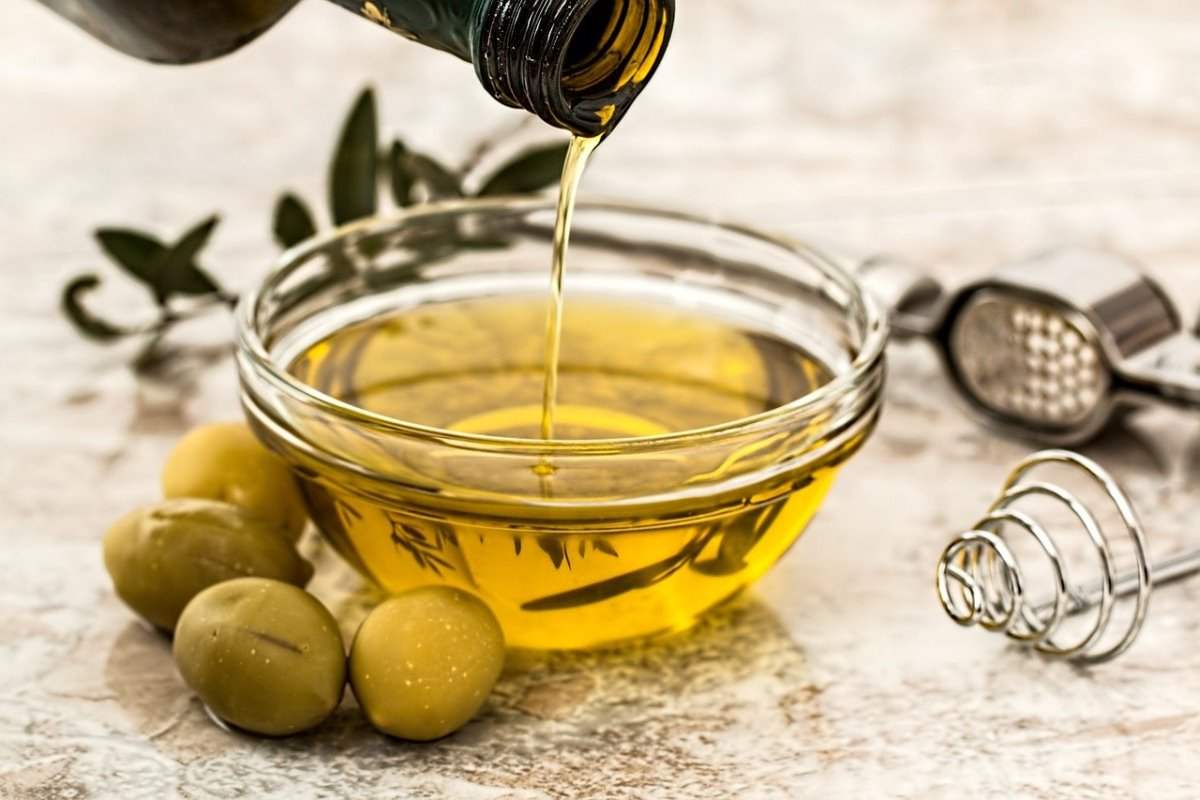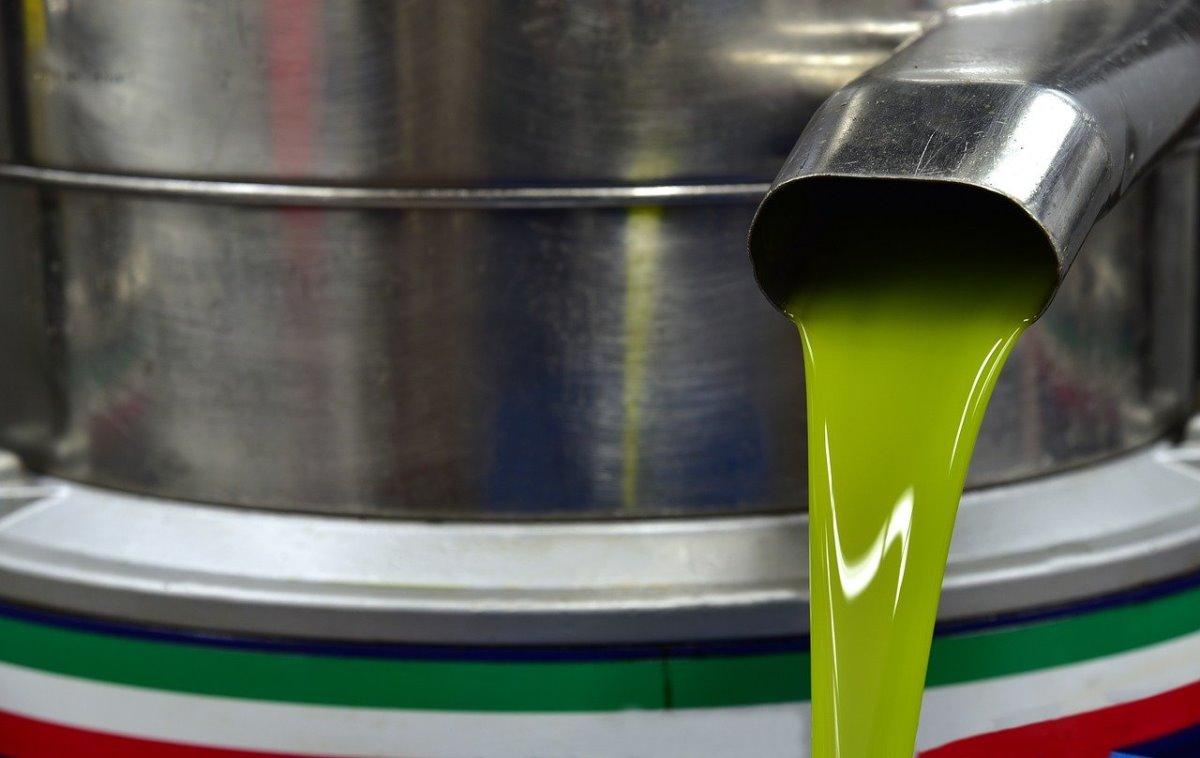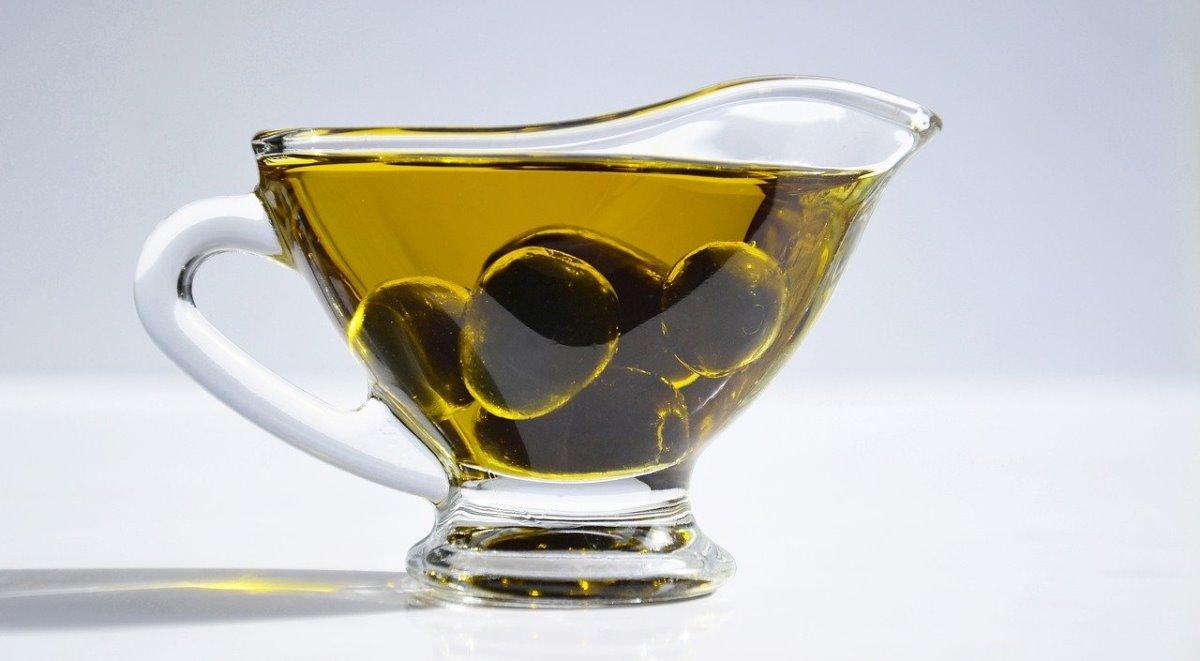Olive Oil Project Report, Manufacturing Business Plan
Introduction
Hello friends, today we are here with a new topic called ” Olive Oil Project Report on Manufacturing and Production Plant” Olive oil is a vegetable oil that is produced by the fruit of the olive tree. It contains vitamin E and K, monounsaturated fats, antioxidants, and in abundance. These compounds aid in fighting inflammation decreases the risk of chronic diseases and improves bone strength. Olive oil is usually utilized for cooking fried foods and for dips and salad dressings. It is industrially available in various forms, such as light, pure, extra virgin, and refined olive oil.
Olive Oil Project Report, Manufacturing Business Plan

Segments in project report on Olive Oil production
- Market potential
- Licenses and permissions
- Raw materials required
- Manufacturing method
- Project Data, Necessary materials, and expenses in
- Project Financial Aspects
- Regulatory Steps and Permissions
- Key Success and Risk Aspects
Marketing potential of Olive Oil manufacturing in India
The growth of the global olive oil market can be attributed to its rising acceptance amongst clients as a nutritional and healthy substitute to numerous other kinds of edible oils. Moreover, it is widely employed as a key component in pills, dietary supplements, and skincare merchandise in the cosmetic, F&B, and pharmaceutical sectors. This, in turn, is developing a positive trend for the market. Other reasons, increasing use of olive oil in the preparation of several exotic recipes and the easy product availability through proliferating online retail networks, are forcing the market to rise further.
In India, the olive oil market size accounts for $58.6 million in 2017 and is projected to attain $127.5 million by 2025, expanding at a CAGR of 9.9% from 2018 to 2025. Olive oil is a viscous oil, obtained from the fruit of the olive tree that are whole olives. Olive oil contains a low smoke point of 24 °C and hence can be consumed even raw. Olive oil consumption is mostly considered healthy as it is connected to lower heart disease cases and various chronic diseases such as colorectal and breast cancer.
Uses of Olive Oil
Olive oil is rich in monounsaturated fatty acids and antioxidants such as chlorophyll, vitamin E & K, polyphenols, and carotenoids. The olive oil industry in India has observed a considerable upsurge in the current years because of the change in the mindset of people towards health-conscious lifestyle adoption by consumers. The olive oil market has become more challenging and price-sensitive as there is a high possibility and steady rise in the olive oil market.
Regulatory steps, permission, and registration for Olive Oil Manufacturing in India
For starting an olive oil production plant, you must obtain license and permissions from various state organizations.
• Firm registration with ROC
• Trade license
• BIS certification
• Factory license
• Food operator license
• AGMARK certification
• Shop Act License
• ‘NOC from the State PCB-Pollution control board
• SSI registration
• Fire license
• FSSAI
Raw materials required for starting Olive Oil Manufacturing Unit
The main raw material is fresh olives harvested within 24hrs. These freshly harvested olives yield high quality olive oil.
Machinery required for starting Olive Oil Manufacturing Unit
The olive cold-pressed oil is a new kind of oil obtained from the Screw Oil Press Machine that uses pressing rings or pressing bars to extract the oil from olives. Compared to various olive oil presses in the market, screw olive oil pressers can obtain olive materials easily which can enhance the total oil production. Besides, the oil obtained by our olive oil equipment is having high quality with vibrant color and is an appealing fragrance. Particularly the price is even low when compared to another kind of oil extracted from other machinery but provides the same olive oil production output.
Manufacturing process of Olive Oil in production unit
Variety and maturation are two of the utmost important features of olives that impact the quality and taste of the end product. There are many varieties of olive trees. Many olive varieties are seen in olive oil production. These include Mission, Maurino, Sevillano, Koroneiki, Arbequina, Manzanillo, Ascolano, Frantoio, Leccino, Arbosana, Pendolino, Arbosana, and Coratina.
Olive oil production starts after harvesting the olives.
Step – 1: Previously, olives were harvested manually. Currently, harvesting is carried out using special types of shakers that transmit vibrations to the tree branches, causing the olives to fall into nets that have previously been attached under the tree canopy. Increasing ripeness usually increases yield as they harvest a much more quantity of olives from the trees. However, over-mature olives miss the best sensory potentials for oil production. Therefore, harvesting time is often a compromise and risk about harvesting efficacy and final oil value.
Step – 2: After harvesting, the olives are cleaned to avoid dirt, leaves, and twigs. After the twigs are filtered using grids, the fruit is allowed for processing the oil. High-grade oils are extracted within 24 hours from harvesting.
Step – 3: Traditional olive oil processing starts with crushing the olives giving a paste. The process of crushing will help to release the oil from the vacuoles.
Step – 4: The next stage includes the mixing of the paste. The paste is mixed for about 20 – 45 minutes and it will give rise to bigger oil droplets by mixing smaller ones. This process ensures the olives are well ground and this will help fruit enzymes to develop desirable aromas and flavors.
Step – 5: Longer mixing ensures higher yield; however, they may also cause increased oxidation and reduce the shelf life and worth.
Olive Oil Project Report /Economics of Olive Oil Manufacturing business in India
In case if you miss this: How To Start A Body Lotion Making Business.

Land and Building: Rs. 5,50,000
Plant and Machinery: Rs. 2,70,000
Miscellaneous Assets: Rs. 55,000
P&P Expenses: Rs. 40,000
Contingencies @ 10% on Land and Building and Plant and Machinery: Rs. 80,000
Working Capital Margin: Rs. 1,35,000
Total: Rs. 11,30,000.
Means of finance
Promoters’ Contribution @ 25 %: Rs. 2,80,000
Loan from Bank/FI: Rs. 8,50,000
Total: Rs. 11,30,000
Debt Equity Ratio: 1.96: 1
Promoters’ Contribution: 25%.
Olive Oil Project Report – Working capital calculation
Raw materials/ Packing materials: Rs. 1,70,000
Working expenses: Rs. 1,00,000
Finished goods: Rs. 1,00,000
Receivable: Rs. 80,000
Total: Rs. 4,50,000.
Olive Oil Project Report – Cost of Machinery
Table Ghani 1: Rs. 70,000
Oil Expellers 2: Rs. 80,000
Filter Press 1: Rs. 60,000
Other Support Equipments, electric motor and testing facilities: Rs. 60,000
Total: Rs. 2,70,000.
Olive Oil Project Report – Profit in Olive oil making business in India
Sales price of Olive Oil: Rs. 32,16,000
Sales price of De-oiled Cake: Rs. 4,44,000
Total: Rs. 36,60,000.
Profits in Olive oil making business = Sales – Project cost = Rs. 32,60,000 – Rs. 28,80,000 = Rs. 7,80,000.
How to market your Olive Oil product
You may also check this: How To Start A Coffee Roasing Business.

The final goal of different marketing strategies is to grab the attention of customers. Even a high-standard oil is useless if you can’t get the customers for it. Here you have to plan about executing a few policies and steps to increase the opportunities for your business. Just have some questions in mind like how is your oil different from already existing brands in the market? What unique features and properties will your products provide to customers? Who could the possible buyers? Start with some type of test marketing. It will be an inexpensive analysis to get vital insight into what might be helpful and what is a waste. Some olive oil businessmen will purchase oil made from the kind they intend to have, pack it in the proposed vessel, and sell it in farmer’s markets, or plan to send for groups, give it in relations or family members, etc. which helps to gain the reviews about the newly manufactured product. This has to be accomplished before you establish the unit or acquire the land for operations. You may plan to set a table to offer tastings of the product nearby to your unit. Don’t be bias for the product and be practical so that you will avoid any changes in the quality of your product that could affect the business.
Once you are confident about the product quality the traditional marketing way, the “four Ps” and get the focus on four factors: product, price, packaging, and promotion. A more trendy and critical count to this list is “place or area” and of course distribution methods. If you can plan properly on the above aspects, then you will not stop in between during the business and will excel.
- Handicraft Making at Home: A Small Profitable Business Idea
- Pet-Tech Startups: Innovations for Animal Lovers
- Tech Repair Services: Meeting the Demand for Gadget Maintenance
- Maximizing Rewards: Smart Credit Card Habits for Cashback and Points
- Ultimate Guide to Making Money from Goat Milk Business
- How to Start an Agricultural Value Added Product Business
- Value-Added Business Ideas for Greenhouse: The Best Ways to Make Profits with Greenhouse Farming
- How to Make Profits with Organic Country Chicken: Best Strategies for Beginners
- 10 Value-added Business Ideas for Millets: Low-investment and Highly Profitable
- Why Cleaning Service Business Becoming More Profitable in Metro Cities in India
- 10 Best Businesses to Start in Ayodhya for Profits
- Top Drone Business Ideas in India: Unlocking Aerial Innovation & Opportunities
- Top 10 Service Businesses You Can Start with No Money
- Ultimate Guide to Starting a Home-Based Advertising Agency Business
- Starting a Nail Salon Near Your Location: Check List, Business Plan, Licensing, and Opening Instructions
- Construction Company Name Ideas: Guide to Create New Construction Company Names
- 8 Best Small Businesses to Start in Hyderabad: Low-Cost and Profitable
- 10 Best Small Businesses to Start in Massachusetts: Low-Cost and Profitable
- 10 Best Small Businesses to Start in Maryland: Low-Investment and Profitable
- 10 Best Small Businesses to Start in Delaware: Low-Investment and Profitable
- 10 Best Small Businesses to Start in Connecticut: Low-Investment and Profitable
- Top 10 Best Online Pet Business Ideas: Exploring Cats to Dogs
- 10 Best Small Businesses to Start in Colorado: Low-Investment and Profitable
- Top 10 Profitable Small Business Ideas in California: Low-Investment Tips